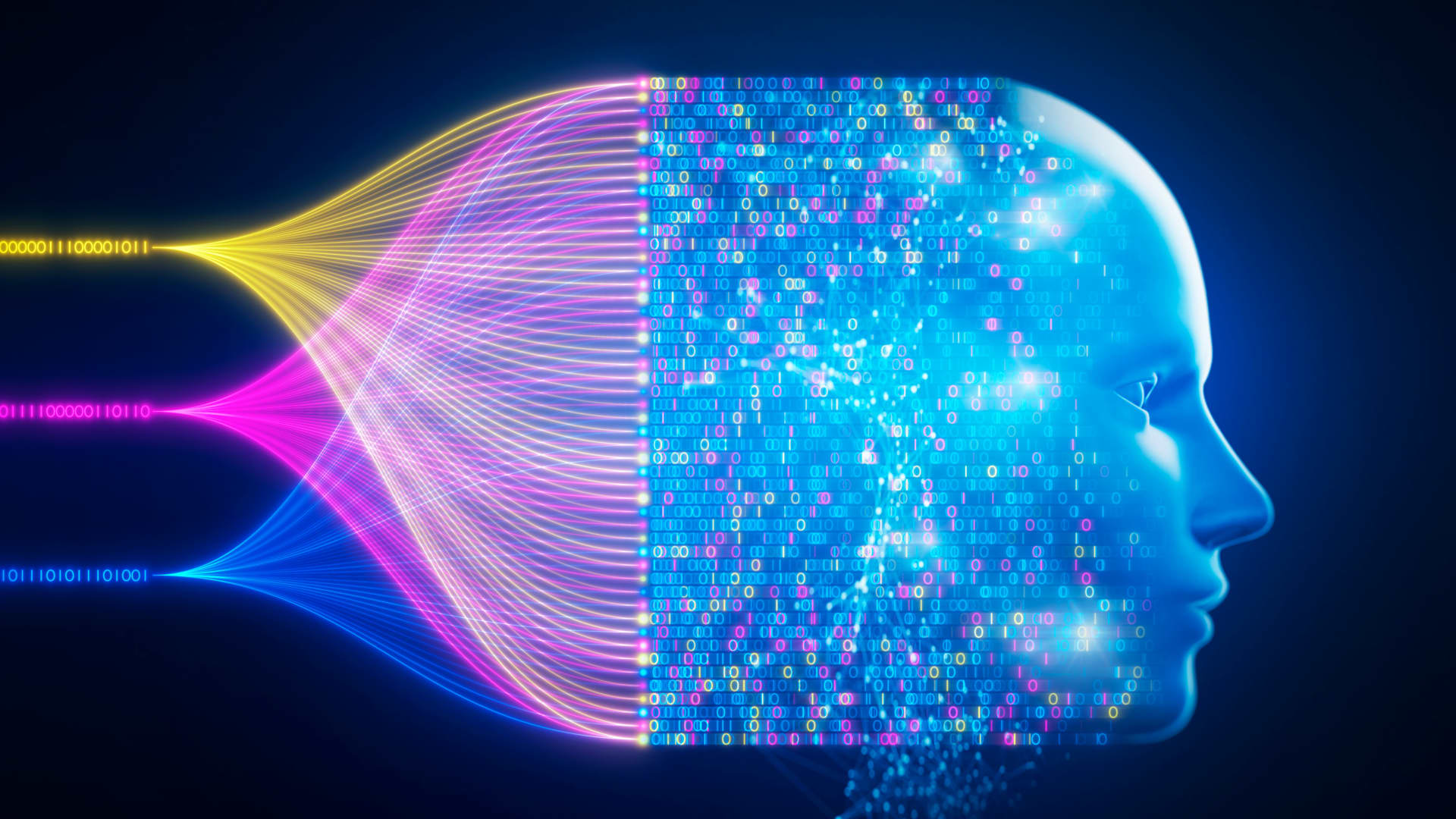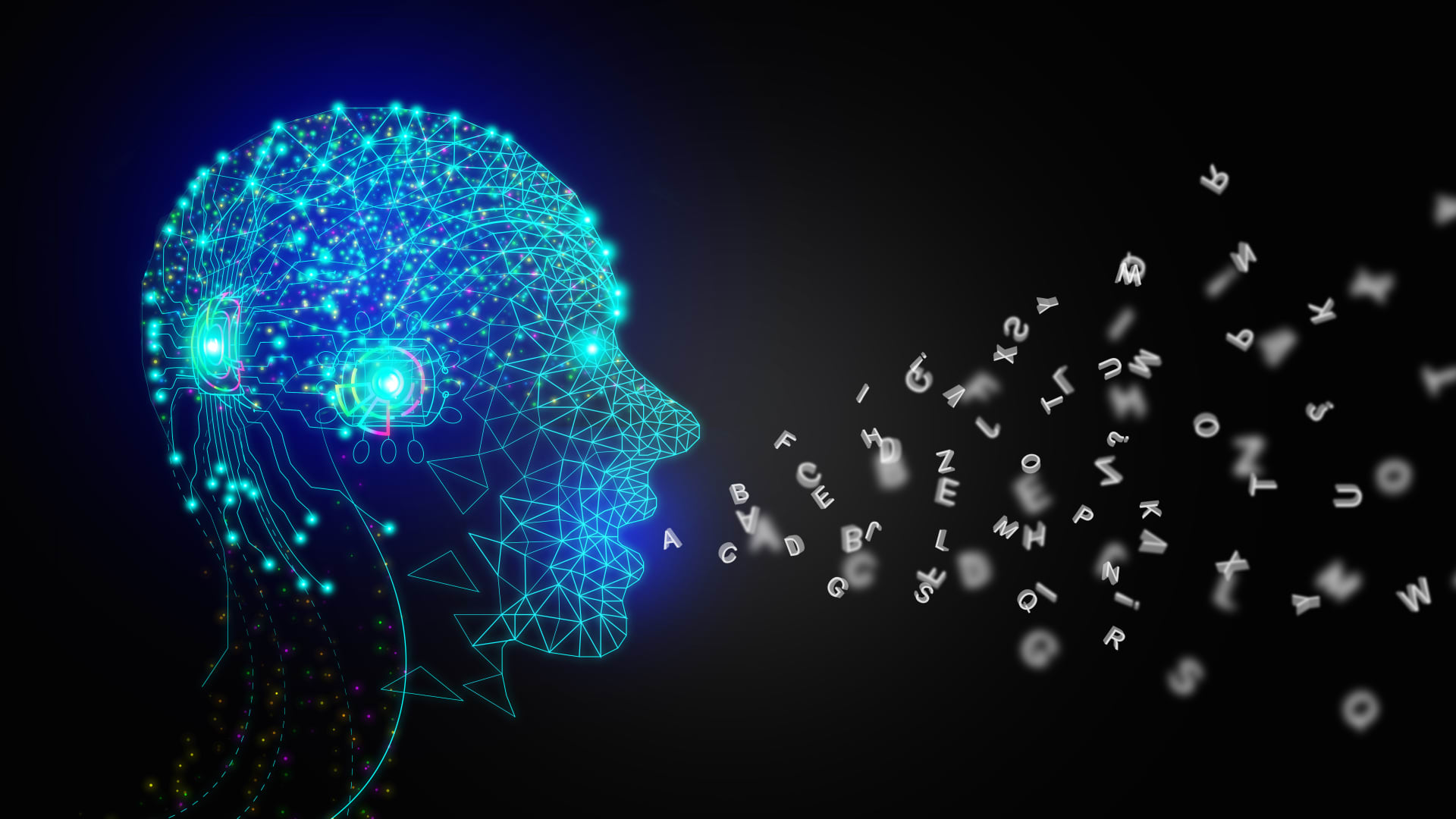In recent years, the term "AI undressing" has gained significant attention in the digital world, sparking debates about privacy, ethics, and technology misuse. This controversial application of artificial intelligence raises serious concerns about how AI can be used to manipulate images and invade personal boundaries. As the technology continues to evolve, understanding its capabilities and limitations becomes crucial for both individuals and society as a whole.
The emergence of AI undressing technology has brought to light the potential dangers of advanced algorithms falling into the wrong hands. This technology, which uses deep learning and neural networks, can digitally remove clothing from images, creating realistic yet fabricated representations of individuals. While the original intent of such technology may have been neutral, its misuse has led to significant ethical dilemmas.
This article aims to provide a comprehensive overview of AI undressing, exploring its origins, technical aspects, legal implications, and societal impact. By understanding the technology's capabilities and limitations, we can better address the challenges it presents and work toward safeguarding individual privacy in the digital age.
Read also:Skz Exploring The Phenomenon And Unveiling The Culture
Table of Contents
- Introduction to AI Undressing
- How AI Undressing Technology Works
- The Origins of AI Undressing
- Ethical Considerations
- Legal Issues Surrounding AI Undressing
- Privacy Concerns
- Countermeasures Against Misuse
- Future Implications
- Expert Views on AI Undressing
- Conclusion and Call to Action
Introduction to AI Undressing
AI undressing refers to the use of artificial intelligence algorithms to digitally alter images, specifically to simulate the removal of clothing from individuals. This technology leverages deep learning and neural networks to generate realistic yet fabricated representations of people. While the technology itself is not inherently malicious, its potential misuse poses significant risks to personal privacy and digital security.
Why AI Undressing Matters
The implications of AI undressing extend beyond mere technological curiosity. It has the potential to be used for malicious purposes, such as creating non-consensual explicit content or fueling cyberbullying. Understanding the technology's capabilities and limitations is essential for addressing these challenges effectively.
How AI Undressing Technology Works
AI undressing relies on advanced machine learning techniques, particularly deep learning and generative adversarial networks (GANs). These algorithms analyze vast datasets of images to learn patterns and relationships, enabling them to generate realistic alterations. Below are the key steps involved in the process:
- Data Collection: Large datasets of images are used to train the AI model.
- Pattern Recognition: The algorithm identifies patterns and relationships within the data.
- Image Generation: Using GANs, the AI creates realistic yet altered images by simulating the removal of clothing.
Technological Components
Several key components contribute to the effectiveness of AI undressing technology:
- Deep Learning: Enables the AI to learn from complex data patterns.
- Neural Networks: Facilitates the processing and generation of realistic images.
- Data Augmentation: Enhances the dataset to improve the model's accuracy.
The Origins of AI Undressing
The concept of AI undressing emerged as part of broader advancements in image manipulation technology. Initially developed for legitimate purposes, such as improving image quality or enhancing visual effects in media, the technology has since been repurposed for more controversial applications. Researchers and developers have expressed concerns about the potential misuse of these tools, emphasizing the need for ethical guidelines and regulations.
Early Developments
Early iterations of AI undressing technology were limited in scope and accuracy. However, as computational power increased and datasets expanded, the technology became more sophisticated, raising alarms about its potential misuse.
Read also:Latest Tomtechblog Exploring The Cuttingedge World Of Technology
Ethical Considerations
The ethical implications of AI undressing are profound. The technology challenges fundamental principles of consent, privacy, and autonomy. Individuals whose images are altered without their knowledge or permission may suffer emotional distress, reputational damage, and other adverse effects. Addressing these ethical concerns requires a multi-faceted approach involving technology developers, policymakers, and society at large.
Key Ethical Issues
Some of the primary ethical concerns associated with AI undressing include:
- Non-Consensual Image Manipulation
- Violation of Privacy Rights
- Potential for Misinformation and Manipulation
Legal Issues Surrounding AI Undressing
From a legal perspective, AI undressing technology raises complex questions about liability, intellectual property, and individual rights. Laws governing digital privacy and consent are still evolving, making it challenging to regulate the misuse of such technology effectively. However, several jurisdictions have begun addressing these issues through legislation aimed at protecting individuals from non-consensual image manipulation.
Current Legal Frameworks
Some countries have implemented laws specifically targeting the misuse of AI undressing technology. For example:
- The European Union's General Data Protection Regulation (GDPR) provides strong protections for personal data.
- The United States has seen increased attention to "revenge porn" laws, which may apply to AI-generated content.
Privacy Concerns
Privacy remains one of the most significant concerns related to AI undressing. The ability to digitally alter images without consent undermines individuals' control over their personal information. As technology continues to advance, safeguarding privacy becomes increasingly important, requiring a combination of technological solutions and legal protections.
Protecting Personal Privacy
Individuals can take several steps to protect their privacy in the age of AI undressing:
- Be cautious about sharing personal images online.
- Use strong privacy settings on social media platforms.
- Stay informed about emerging technologies and their potential risks.
Countermeasures Against Misuse
To address the misuse of AI undressing technology, various countermeasures have been proposed. These include technological solutions, policy interventions, and public awareness campaigns. By combining these approaches, it is possible to mitigate the risks associated with this technology while promoting its responsible use.
Technological Solutions
Some potential technological solutions include:
- Watermarking techniques to detect manipulated images.
- Encryption methods to secure personal data.
- AI-based tools to identify and flag suspicious content.
Future Implications
The future of AI undressing technology remains uncertain. As advancements continue, it is crucial to strike a balance between innovation and regulation. By fostering collaboration between stakeholders, including technology developers, policymakers, and the general public, we can work toward a future where AI is used responsibly and ethically.
Predictions for the Future
Experts predict that AI undressing technology will become even more sophisticated in the coming years. However, increased awareness and regulatory efforts may help mitigate its negative effects, paving the way for more responsible applications.
Expert Views on AI Undressing
Experts in the fields of technology, ethics, and law have expressed diverse opinions on AI undressing. While some emphasize the importance of innovation, others highlight the need for caution and regulation. By considering these perspectives, we can gain a more comprehensive understanding of the technology's implications.
Key Expert Opinions
Some notable viewpoints include:
- Technologists advocating for open-source development to promote transparency.
- Ethicists calling for stricter guidelines to prevent misuse.
- Legal experts pushing for comprehensive legislation to protect individual rights.
Conclusion and Call to Action
AI undressing represents a powerful yet controversial application of artificial intelligence. While it showcases the incredible capabilities of modern technology, it also highlights the importance of responsible development and use. By addressing the ethical, legal, and privacy concerns associated with this technology, we can work toward a safer and more equitable digital future.
We encourage readers to engage in discussions about AI undressing and its implications. Leave a comment below, share this article with others, and explore related topics to deepen your understanding. Together, we can promote the responsible use of AI and protect individual rights in the digital age.


